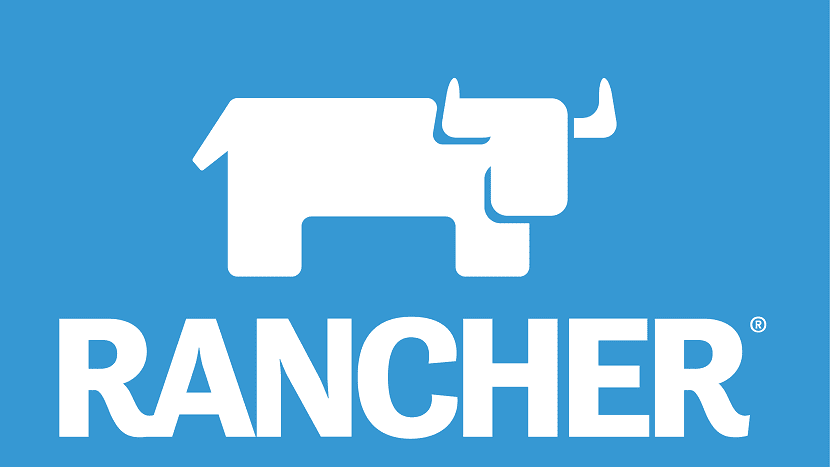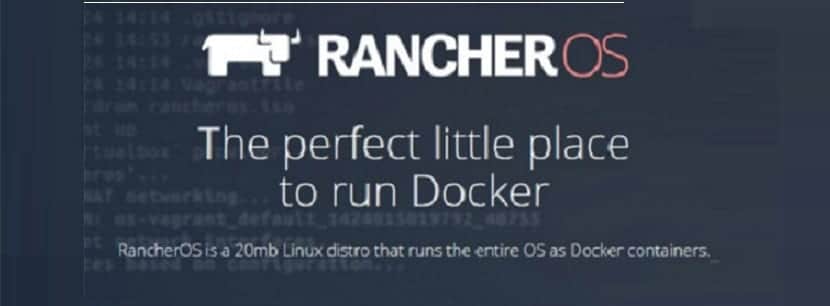
Recientemente RancherOS 1.5 OS release released, who provides tools for isolated application execution. The project was founded by several well-known Citrix developers and former Cloud.com leaders.
In addition to installing on a separate server, the system can also be deployed in the environment of cloud platforms and virtualization systems Amazon EC2, Digital Ocean, Docker Machine, GCE, KVM, OpenStack, Packet, Vagrant, VMware, and VirtualBox, and installed on Raspberry Pi boards.
About RancherOS
RancherOS provides minimal strapping that includes only the components necessary to run isolated containers.
According to the solved tasks, the system resembles the Atomic and CoreOS projects, but differs in the refusal of the systemd system administrator in favor of its own initialization system built directly on the basis of the Docker toolkit.
Launch services in RancherOS are performed by launching containers made using compose files (docker-compose.yml).
RancherOS architecture is a set of containers that are controlled by a Linux kernel-based system environment, an initial boot image (initrd), and the minimum tools required to run Docker-based containers.
Everything else, including udev, dhcp, ntp, cloud-init, and rsyslog, runs inside separate system containers.
Solo Docker process runs in containers and runs with PID 1. The User Toolkit and the dockerd daemon for running custom containers also run in a separate User Docker container.
To administer the system, a system container is used that provides a console environment.
By default, the console environment is available via ssh and is formed with the Busybox toolkit, but if you want, you can connect complete software environments based on Alpine, Debian, Ubuntu, CentOS or Fedora like A console.
You can also use the Rancher.io web interface to configure.
The environment configuration is transferred at boot time via the cloud boot mechanism or is determined by the "rancherctl config" command and then saved in a special configuration file.
Between reboots, only the contents of the / opt and / home sections are saved, everything else reverts to its original state.
Main new features in RancherOS 1.5

With this new release encryption support for sections using the LUKS toolkit was improved, as well as the support of connection to wireless networks (WiFi and 4G / LTE).
In RancherOS 1.5 you have the possibility to connect your own rootfs for the initrd plus Hyper-V support has already been included.
Optimization of download speed and memory consumption, including system image reload, is disabled, as long as Cloud-init can be disabled and gzip is used to compress the initrd.
The "docker top" command is included in the composition of all control consoles, the scp utility is added to CentOS and Fedora consoles, and xfsprogs tools are added to the default console
System components have been updated, including Linux Kernel 4.14.85 (for Raspberry Pi - 4.9.80), Buildroot 2018.02.7, Docker 06/18/1. The console container environment has been updated to Alpine 3.8, CentOS 7.5.1804, Debian 9, Fedora 28, and Ubuntu 18.04.
Among the other improvements that can be highlighted we find:
- Support for images in the VMDK format (VMware, Virtualbox).
- Ability to disable access to the system from the console (disable automatic login and ignore rancher.password).
- The experimental support of servers based on ARM architecture was added.
- Support for embedding alternative implementations of control consoles.
- Profile support for the vSphere network protocol.
If you want to know more about this system, you can visit the project website this link or download the image of this new release to test it this link.